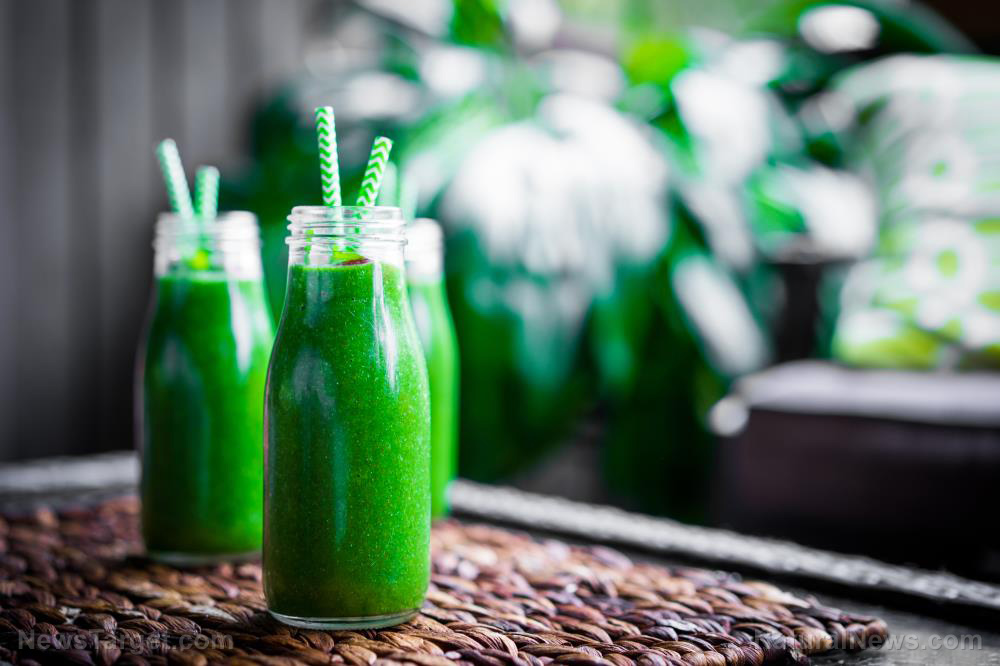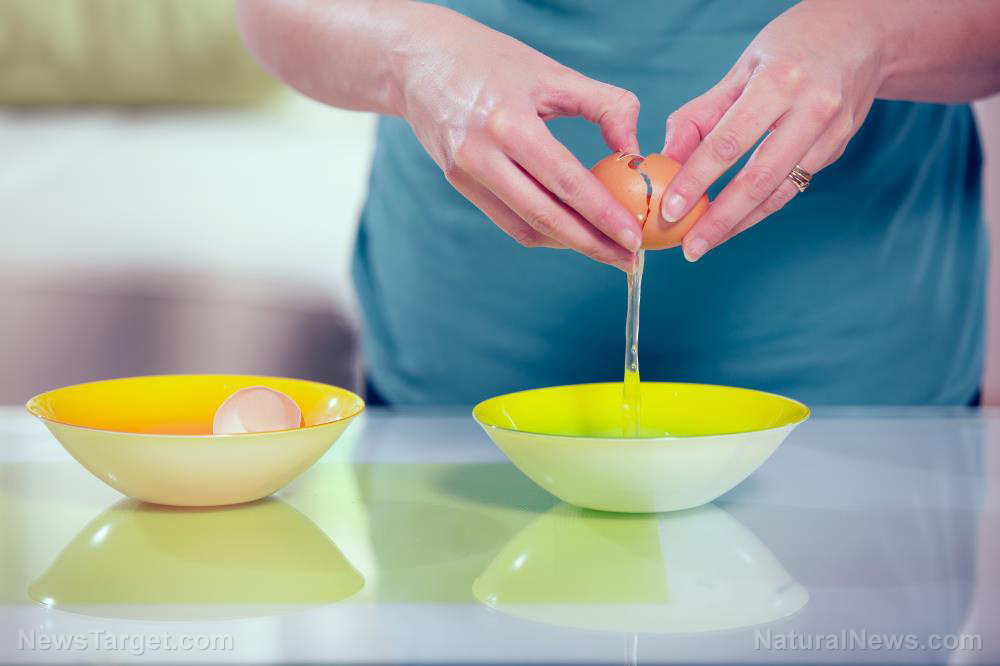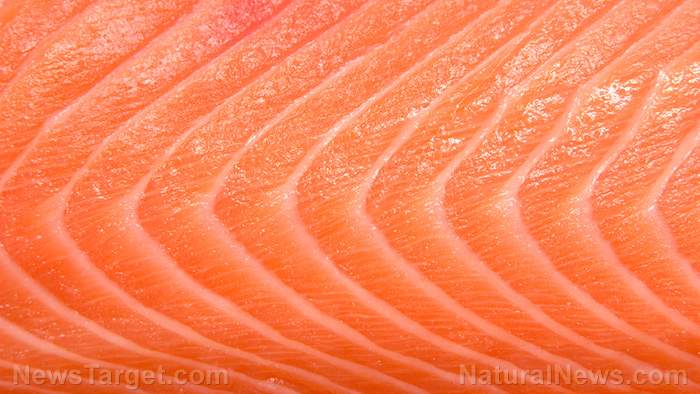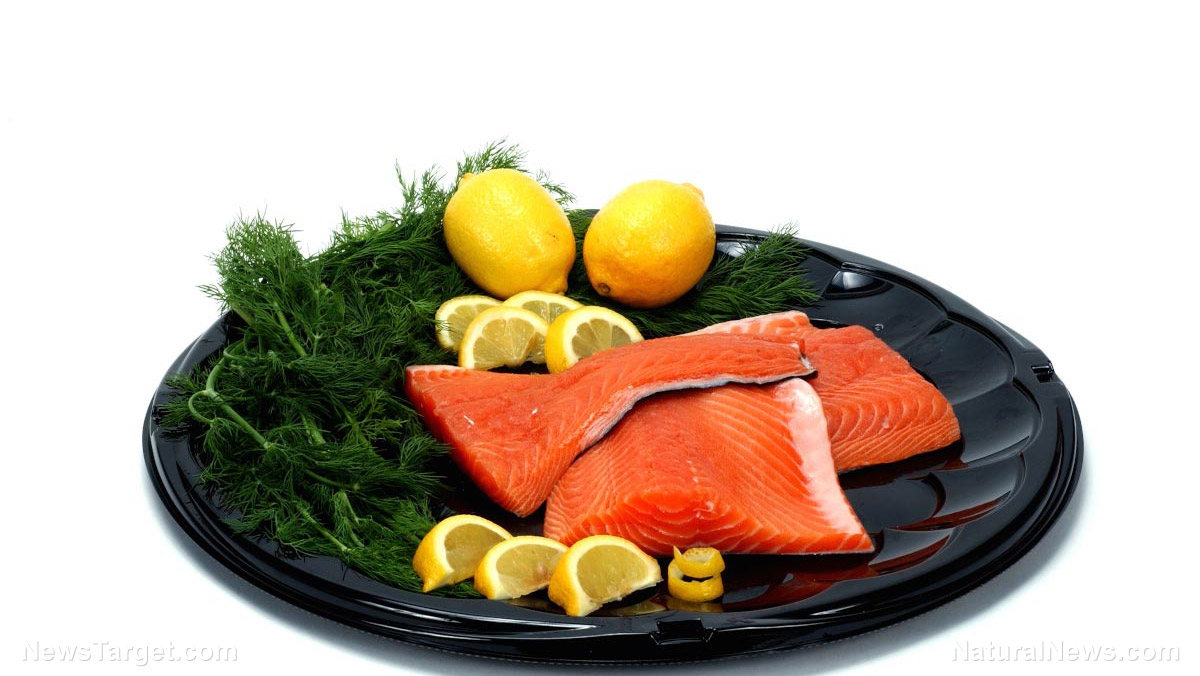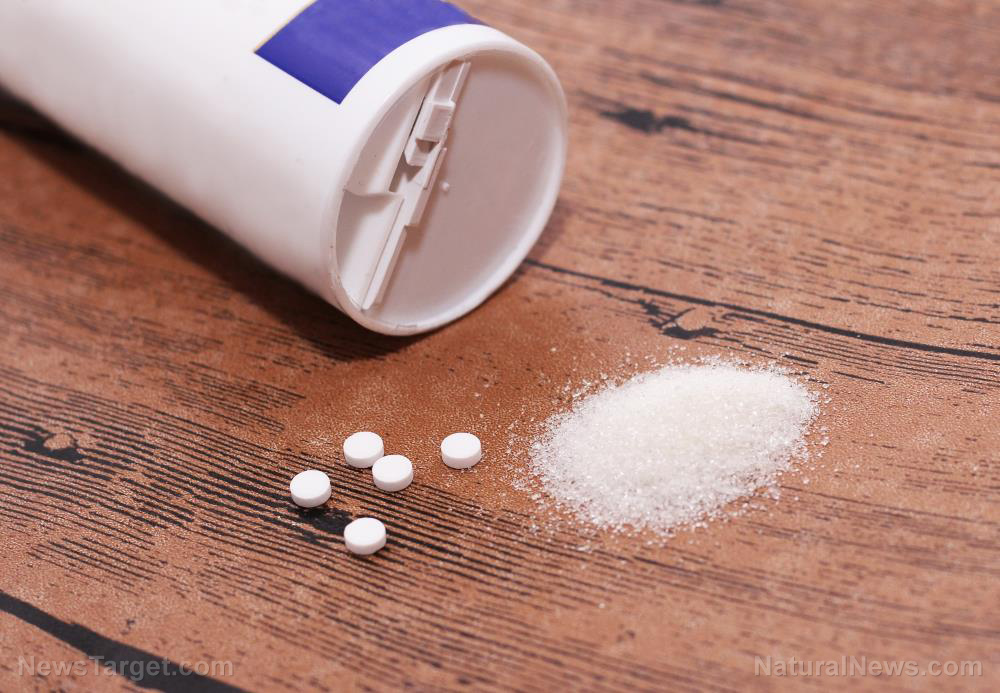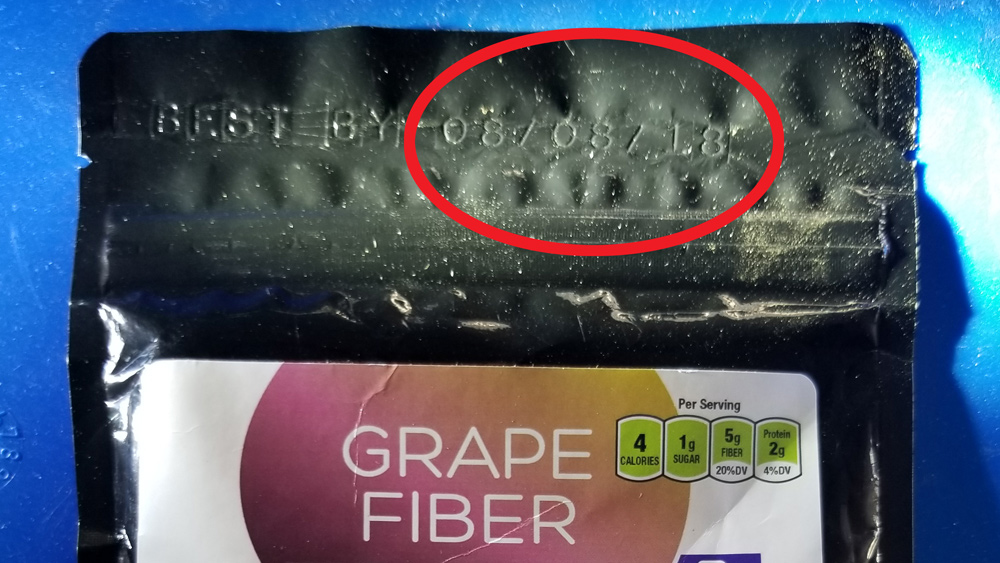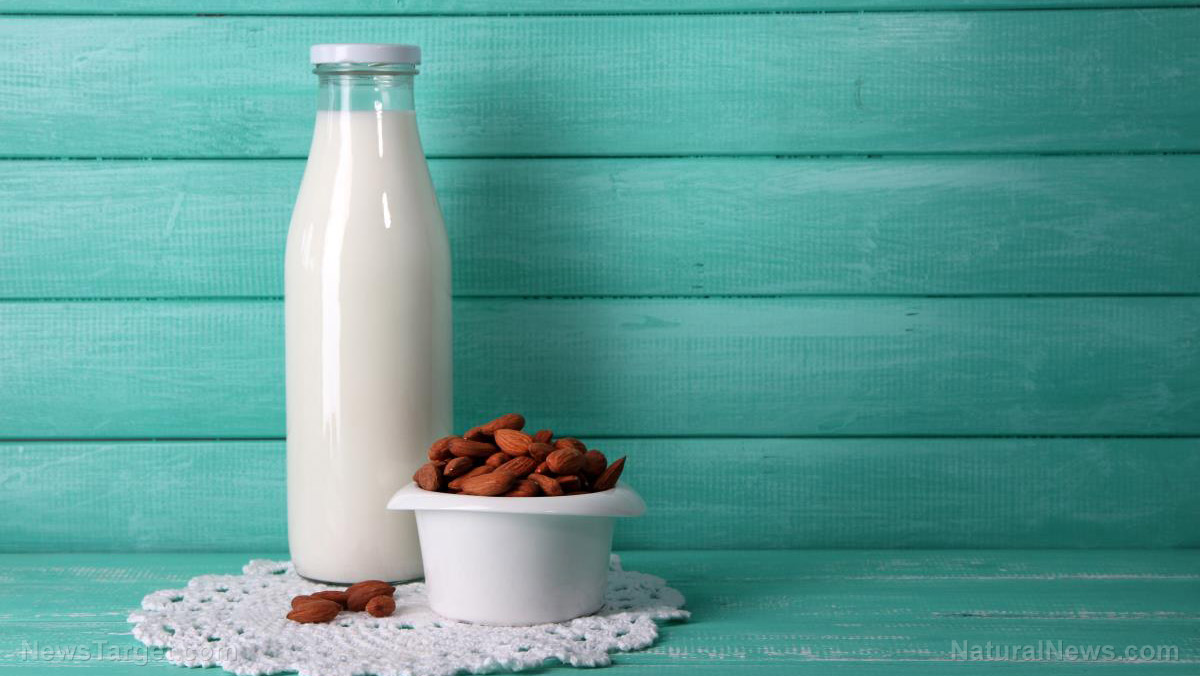Grate your own cheese: Health risks linked to the consumption silicon dioxide, an anti-caking agent
02/25/2020 / By Michael Alexander
Heads up, cheese lovers: You might be better off grating your own cheese instead of getting bags of the pre-grated kind during your next trip at the grocers. Pre-packaged grated cheese, aside from being packed with fillers and preservatives and generally being a less tasty version of the dairy product, also has one other ingredient you might want to take a look at – silicon dioxide.
A naturally occurring compound of silicon and oxygen, silicon dioxide — also known as silica or quartz — is one of the most abundant substances on earth, with scientists estimating that it makes up around 95 percent of all known rocks present on the earth’s crust.
Silicon dioxide also exists in many vegetables, fruits and grains that form part of our usual diets, usually as a cellular component. Some of these plants include the following:
- Dark, leafy vegetables
- Grains and cereals, such as oats and brown rice
- Beets
- Bell peppers
- Alfalfa sprouts
Known for its relatively high strength, high melting and boiling points and insolubility in water and most acids, silicon dioxide is often used for industrial purposes, mainly as a key ingredient in the production of items such as glass, ceramics, insulators, semiconductors and cement. It is also used as a food additive.
Used in the food and pharmaceutical industry as an anti-caking agent, silicon dioxide helps prevent food or powdered pharmaceutical products from caking or sticking together in clumps. According to manufacturers, using silicon dioxide as an anti-caking agent may help prolong a product’s shelf life and protect it against the effects of moisture.
Despite being a chemical additive, the majority of research on the substance says silicon dioxide poses no risks to consumers when taken orally. According to an evaluation conducted by the World Health Organization’s Expert Committee on Food Additives, this is because the silica we consume through our diets do not accumulate in our bodies, as it is flushed out by our kidneys.
However, while the Food and Drug Administration (FDA) has ruled that silicon dioxide is safe to use as a food additive, the European Food Safety Authority (EFSA) in 2018, urged the European Union to impose stricter guidelines on the use of silicon dioxide until further research could be done on the substance. Their concerns focused on the effects of chronic inhalation of nano-sized silica particles, which have been shown to cause lung diseases such as silicosis, bronchitis and even lung cancer. According to medical experts and healthcare providers, these diseases are a result of the silica dust acting as irritants once they get lodged inside the lungs. (Related: Sign of lung disease? The average adult is left breathless 6x a week, just by doing light-to-moderate exercise.)
The people most vulnerable to inhalation of silica dust are those that work in the following:
- Mining
- Construction
- Quarrying
- The steel industry
- Sandblasting
According to the EU’s Roadmap on Carcinogens initiative, silica is the biggest risk to construction workers, second only to asbestos. As a very fine airborne dust, prolonged exposure can cause lung cancer and other serious respiratory diseases in vulnerable populations. In addition, the Roadmap stated in an article on its website that silica dust is classified as a Group 1 carcinogen by the IARC. This means that silica dust is seen as a definite cause of cancer in humans.
How to dust off silicon dioxide from your life
While the FDA has deemed silicon dioxide as a harmless food additive, those who are looking to be more watchful of their intake and ingestion of the substance may take the following steps:
- Avoid consuming food or food products with artificially added silicon dioxide.
- Install improved ventilation systems to filter out nano-sized silica particles.
- Avoid inhalation of airborne silica in high-risk areas by wearing protective gear such as face masks.
Health.news has more stories on the health risks of food additives such as silicon dioxide.
Sources include:
Tagged Under: anti-caking agent, food additives, research, respiratory disease, silica dust, Silicon dioxide, silicosis, toxic ingredients
RECENT NEWS & ARTICLES
COPYRIGHT © 2017 INGREDIENTS NEWS


